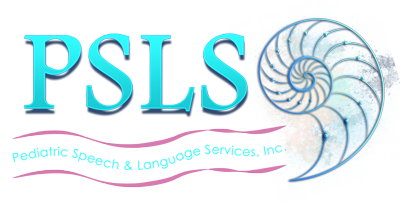References
Beukelman, D. R., & Light, J. C. (2020). Augmentative & Alternative Communication: Supporting Children and adults with complex communication needs (5th ed.). Paul H. Brookes Publishing Co., Inc.
Romski, M., & Sevcik, R. A. (2005). Augmentative Communication and Early Intervention: Myths and Realities. Infants and Young Children. Retrieved March 24, 2022, from https://www.researchgate.net/publication/230852866_Augmentative_communication_and_early_intervention_Myths_and_realities
